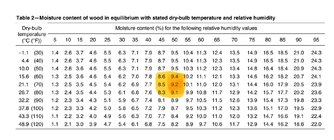odie
TOTW Team
- Joined
- Dec 22, 2006
- Messages
- 7,117
- Likes
- 9,856
Because of a related thread, I was casually looking at the Laguna 18-36 lathe for information sake only. Starting at 2:25 the narrator says that steel construction will maintain straightness and rigidity better than cast iron. Knowing that high quality industrial grade milling machines and lathes are traditionally made from cast iron, and these machines (to my knowledge) have never had warping or other quality related issues......I have my doubts that these statements are nothing but a sales pitch.
Besides that, my own lathe....an original Australian Woodfast lathe is cast iron, and I've never had these issues, after 32 years of owning this lathe!
I do believe that steel is actually MORE susceptible warping than cast iron......although if designed and constructed properly (Like Robust and Oneway, for instance) steel can also be relied upon to maintain rigidity and straightness.....
So, what do you think?
-o-
View: https://youtu.be/Mh93urQaXuA?list=TLGG_1p5sJ8effEyOTAzMjAyNA
Besides that, my own lathe....an original Australian Woodfast lathe is cast iron, and I've never had these issues, after 32 years of owning this lathe!
I do believe that steel is actually MORE susceptible warping than cast iron......although if designed and constructed properly (Like Robust and Oneway, for instance) steel can also be relied upon to maintain rigidity and straightness.....
So, what do you think?
-o-
Last edited:

